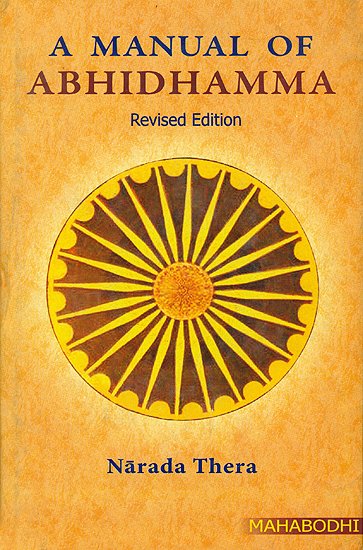Abhidhamma in Daily Life (by Ashin Janakabhivamsa)
by Ashin Janakabhivamsa | 66,666 words
English translation of "Abhidhamma in Daily Life" by Professor Ko Lay. Revised by Sayadaw U Silananda, International Theravada Buddhist Missionary University, Yangon, 1999...
Part 2 - The Five Sense Organs
Radios and televisions can receive audio as well as visual signals. In the same way in our body there are sensitive parts of the sense organs called pasada rupa, which can receive the corresponding arammana (sense-objects).
1. Cakkhupadasa (Sensitive Part of Eye)
The sensitive part which lies at the center of the pupil and which enables one to see objects is cakkhu. It is made up of many kalapas or cells which can receive and comprehend various colors, lights, the ruparammana (sense-objects of sight). This cakkhupasada is the prima cause of eye-consciousness (cakkhu vinnana).
2. Sotapasada (Sensitive Part of Ear)
Inside your ear there is sensitive part called sota pasada, which is made up of many kalapas, sensitive to sound. It can receive and interpret sounds and cause sound-consciousness (sota vinnana).
3. Ghanapasada (Sensitive Part of Nose)
Inside your nose there is a special portion of many kalapas which resemble the hoof of a goat. It is sensitive to scent and can produce nose-consciousness (ghana vinnana).
4. Jivhapasada (Sensitive Part of Tongue)
In the middle of our tongue there are a collection of taste buds similar in shape to corolla of the water lily. It is sensitive to taste and can be produce tongue-consciousness (jivha vinnana).
5. Kayapasada (Organ of Touch)
Spread all over our body (expecting the dry areas) there are sense organs sensitive to touch. They are sensitive to touch and can produce body-consciousness (kaya vinnana).
